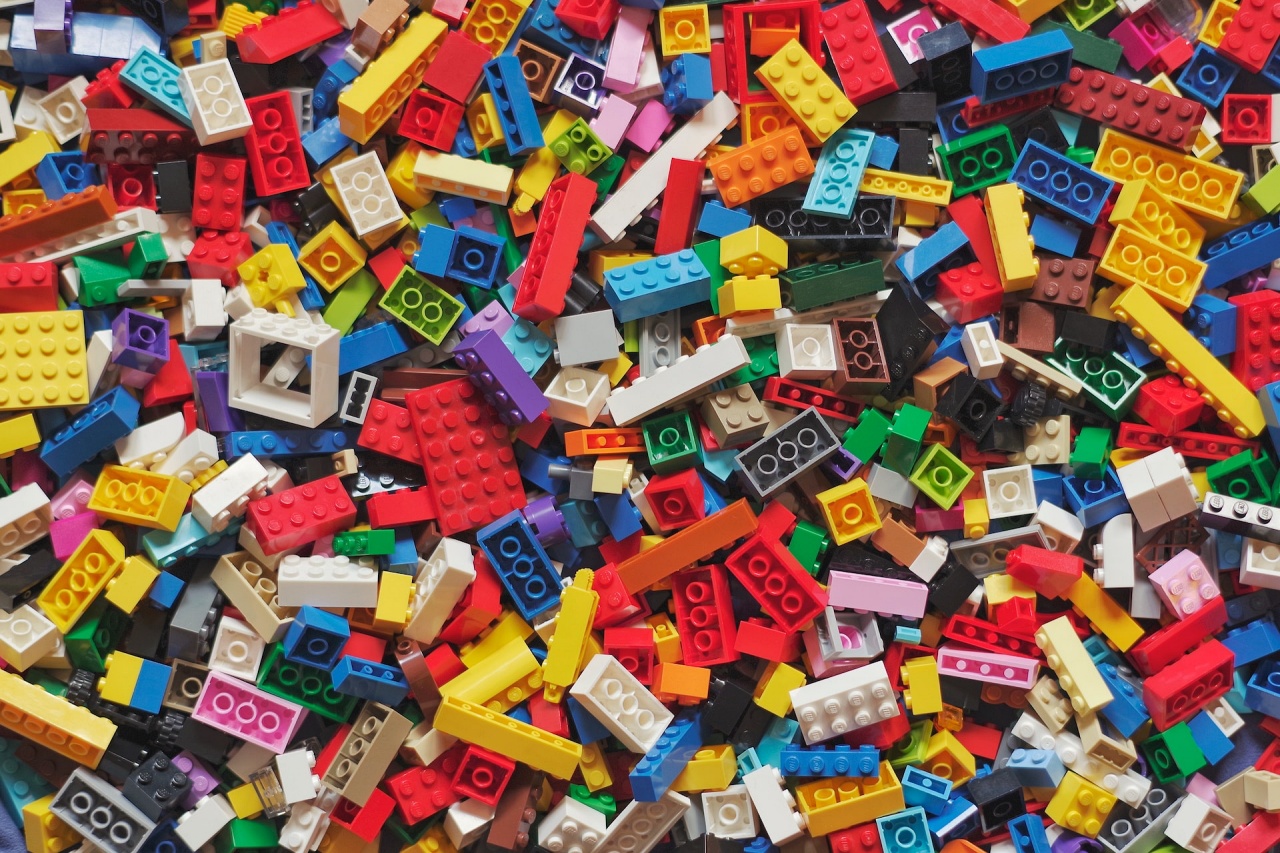The Lego Group backtracks on its oil-free toy bricks initiative, citing higher carbon emissions from recycled material. CEO Niels Christiansen highlights challenges in finding a sustainable alternative to their oil-based plastic.
Lego will no longer follow through with its scheme of making its toy bricks oil-free. The Danish toymaker abandoned this sustainability project as its carbon emissions increased instead of going lower.
The company explained it discovered that its new material made from recycled bottles had a bigger carbon footprint, which means higher carbon emissions. Many companies are searching for sustainability, and Lego apparently failed with its own venture.
According to The Financial Times, the plastic bricks toymaker announced in 2020 that it tested a prototype brick that was formed using recycled plastic bottles, which substituted the oil-based Acrylonitrile Butadiene Styrene (ABS), which is said to be currently being used in around 80% of the billions of pieces the company produces per year.
Lego’s chief executive officer, Niels Christiansen, said that using recycled polyethylene terephthalate (RPET) bottles they tested as a substitute would produce higher carbon emissions throughout the bricks’ lifetime, so the plan has been deactivated.
The Denmark-based company said that rather than the RPET, it will just try to improve the carbon footprint of ABS over time. The firm admitted this material requires about 2 kilograms of petroleum to manufacture 1 kilogram of plastic.
Meanwhile, Energy Portal reported that Lego’s decision to continue with oil-based plastics shows the difficulties of transitioning from conventional plastic materials to sustainable alternatives.
“In the early days, the belief was that it was easier to find this magic material or this new material that would solve the sustainability issue,” Lego’s CEO said. “But that does not seem to be there. We tested hundreds and hundreds of materials. It’s just not been possible to find a material like that.”
Photo by: Xavi Cabrera/Unsplash



 Japan Inflation Holds Firm in November as BOJ Nears Key Rate Hike Decision
Japan Inflation Holds Firm in November as BOJ Nears Key Rate Hike Decision  Nike Shares Slide as Margins Fall Again Amid China Slump and Costly Turnaround
Nike Shares Slide as Margins Fall Again Amid China Slump and Costly Turnaround  Shell M&A Chief Exits After BP Takeover Proposal Rejected
Shell M&A Chief Exits After BP Takeover Proposal Rejected  Amazon in Talks to Invest $10 Billion in OpenAI as AI Firm Eyes $1 Trillion IPO Valuation
Amazon in Talks to Invest $10 Billion in OpenAI as AI Firm Eyes $1 Trillion IPO Valuation  Trump Administration Reviews Nvidia H200 Chip Sales to China, Marking Major Shift in U.S. AI Export Policy
Trump Administration Reviews Nvidia H200 Chip Sales to China, Marking Major Shift in U.S. AI Export Policy  Dollar Holds Firm Ahead of Global Central Bank Decisions as Yen, Sterling and Euro React
Dollar Holds Firm Ahead of Global Central Bank Decisions as Yen, Sterling and Euro React  Elliott Management Takes $1 Billion Stake in Lululemon, Pushes for Leadership Change
Elliott Management Takes $1 Billion Stake in Lululemon, Pushes for Leadership Change  Austan Goolsbee Signals Potential for More Fed Rate Cuts as Inflation Shows Improvement
Austan Goolsbee Signals Potential for More Fed Rate Cuts as Inflation Shows Improvement  FedEx Beats Q2 Earnings Expectations, Raises Full-Year Outlook Despite Stock Dip
FedEx Beats Q2 Earnings Expectations, Raises Full-Year Outlook Despite Stock Dip  South Korea Warns Weak Won Could Push Inflation Higher in 2025
South Korea Warns Weak Won Could Push Inflation Higher in 2025  Treasury Wine Estates Shares Plunge on Earnings Warning Amid U.S. and China Weakness
Treasury Wine Estates Shares Plunge on Earnings Warning Amid U.S. and China Weakness  Toyota to Sell U.S.-Made Camry, Highlander, and Tundra in Japan From 2026 to Ease Trade Tensions
Toyota to Sell U.S.-Made Camry, Highlander, and Tundra in Japan From 2026 to Ease Trade Tensions  ANZ New CEO Forgoes Bonus After Shareholders Reject Executive Pay Report
ANZ New CEO Forgoes Bonus After Shareholders Reject Executive Pay Report  Yen Near Lows as Markets Await Bank of Japan Rate Decision, Euro Slips After ECB Signals Caution
Yen Near Lows as Markets Await Bank of Japan Rate Decision, Euro Slips After ECB Signals Caution  Volaris and Viva Agree to Merge, Creating Mexico’s Largest Low-Cost Airline Group
Volaris and Viva Agree to Merge, Creating Mexico’s Largest Low-Cost Airline Group  Singapore Growth Outlook Brightens for 2025 as Economists Flag AI and Geopolitical Risks
Singapore Growth Outlook Brightens for 2025 as Economists Flag AI and Geopolitical Risks  Instacart Stock Drops After FTC Probes AI-Based Price Discrimination Claims
Instacart Stock Drops After FTC Probes AI-Based Price Discrimination Claims 































